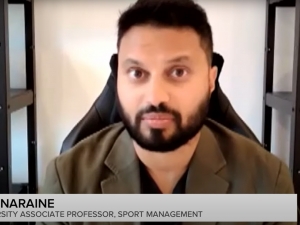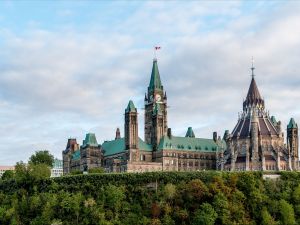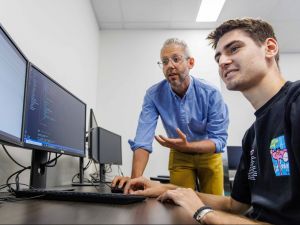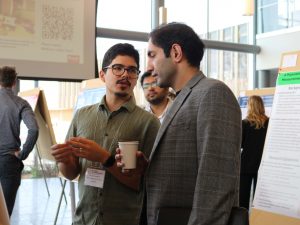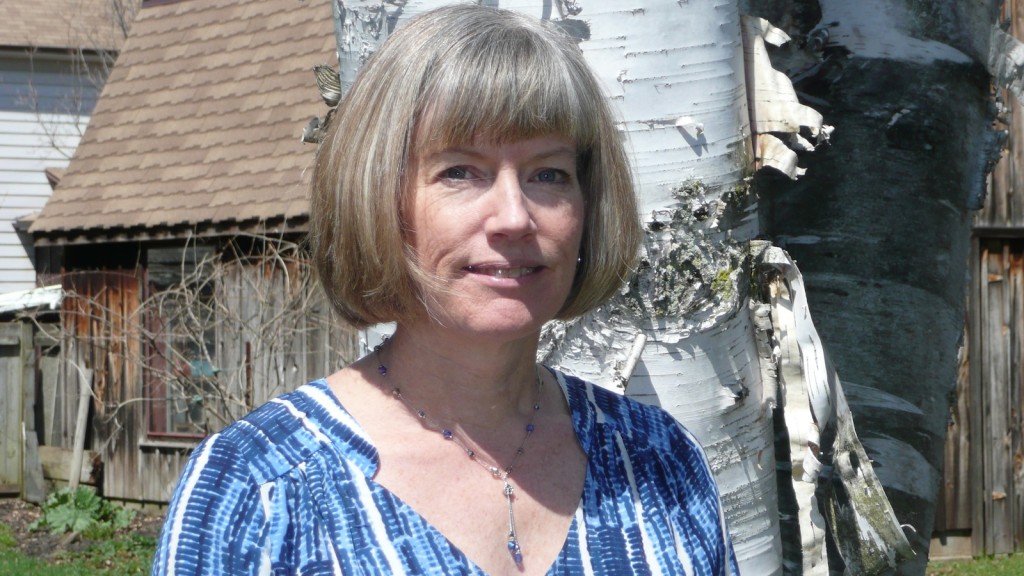
Psychology professor Catherine Mondloch and her team’s most recent research looks at whether young adults can be trained to remember older faces.
Good news for older adults: if a young person is looking for you specifically, they’ll recognize your face, even if they don’t know you well.
Up until now, studies have shown that, when learning many new faces, young adults have a harder time remembering older faces than younger ones. In fact, in some studies even older adults remember younger faces more accurately than older faces.
Psychology professor Catherine Mondloch and her team’s most recent research -“The own-age face recognition bias is task dependent” published in the Dec. 9 issue of the British Journal of Psychology – questions that theory.
The researchers found that, when trained to look for a particular face, young and older adults can recognize older faces as accurately as young faces.
“Older persons will tell you that if they go shopping, a storekeeper might wait on them and five minutes later turn around and say, ‘Can I help you?’ because they haven’t encoded that face and so they think it’s a new person,” says Mondloch.
“But if you’re not trying to learn the faces of lots and lots of people, you can accurately recognize one person,” she says.
Mondloch and her team began by showing research participants the photo of a face, then showing them two photos of faces and asking them to identify the one they saw previously. Predictably, young adults were more accurate when picking out younger faces than older ones. Older adults’ accuracy was not affected by face age.
In the second study, subjects were shown a photo of the face of an elderly woman called “Betty” and asked them to press a button every time Betty’s face appeared from a collection of photos. This is akin to looking for a particular person at a busy train station.
The team blended 24 photographs of faces together to create an “average” face. They then blended parts of Betty’s face into the average face to create the collection of photographs.
“Sometimes, they’d see Betty’s face, but sometimes we’d show them a face that was 80 per cent Betty and 20 per cent average, sometimes 60 percent Betty, sometimes 40 per cent, so it looked like Betty but the strength of the identity was reduced,” Mondloch explains.
“Our question was: how much of Betty has to be in the face before you realize it’s her? It’s a way of getting a nice measure of how sensitive we are to identity cues, and whether it matters if the person is young or old.”
The same process was repeated for a young face. In both studies, young adults outperformed older adults.
The team’s research showed that, if a young person is looking for a specific older adult face, “there’s absolutely no difference as a function of whether that’s a young adult face or an older adult face, and that’s new,” says Mondloch.
Calling her findings a “good news story,” Mondloch says the team’s research has important implications for the elderly.
“If an older person is lost, or if you’re really motivated to find a particular individual who’s important to you for some reason, even if you don’t know their face really well, you can do it,” she says.

